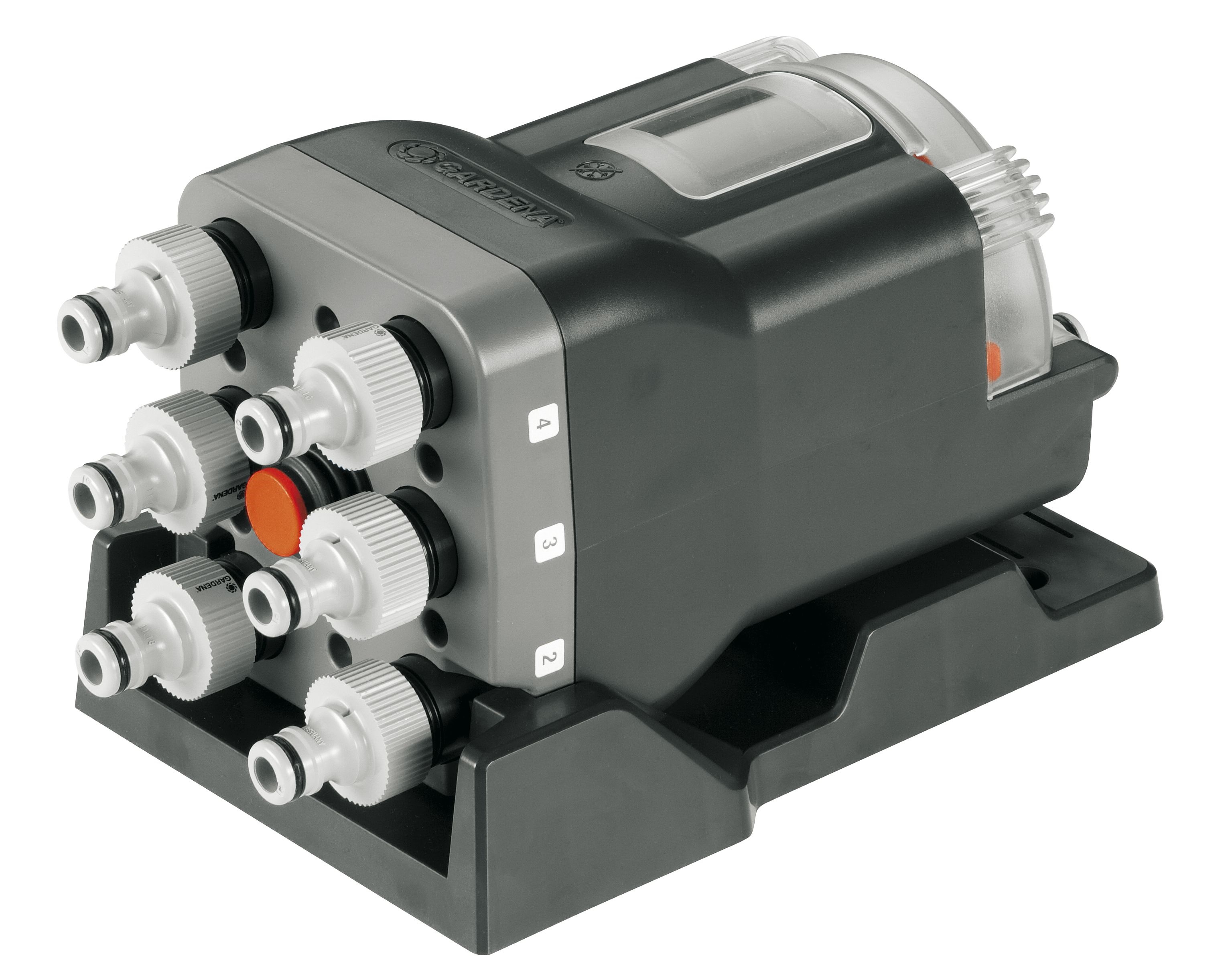Some Known Questions About "The Ultimate Guide to Organic Gardening: Tips and Tricks for a Flourishing Garden".

Producing a Butterfly-Friendly Garden: How to Draw in Colorful Visitors with Native Plants
Butterflies are not merely attractive creatures to behold, but they also play a critical job in cross-pollinating vegetations. Producing a butterfly-friendly garden is not just cosmetically pleasing but also helps in preserving a healthy and balanced community. By integrating indigenous vegetations in to your garden, you may bring in these vibrant website visitors and deliver them along with the sources they need to have to flourish.
Why Indigenous Vegetations?
Indigenous plants are species that have evolved and adapted to particular regions over thousands of years. They are well-suited to the local climate, ground disorders, and wild animals communications. Through combining indigenous plants into your yard, you produce an setting that is acquainted and supporting for local area butterflies.
Indigenous vegetations give butterflies along with honey as their primary food resource. Unlike exotic or non-native plants, which might produce honey that is difficult for butterflies to access or is without essential nutrients, native plants have co-evolved along with regional butterfly species and provide the optimal nourishment.
In addition, indigenous plants provide as lot plants for butterfly larvae (caterpillars). Various butterfly species put their eggs on specific plant species because their caterpillars need those specific leave of absence for food. Through featuring host vegetations in your yard, you not only bring in grownup butterflies but additionally offer a secure place for them to placed their eggs and finish their life pattern.
Deciding on the Right Native Plants
When picking indigenous plants for your butterfly-friendly backyard, it's important to look at numerous aspects:

1. Research Local Species: Pinpoint which butterfly species are common in your region. This information will certainly help you calculate which details vegetation species will attract them.
2. Include a Variety of Plants: Growing a unique assortment of indigenous blooms ensures that you attract different butterfly species throughout the period. Pick an selection of flowering plants, hedges, perennials, and annuals that flower at different opportunities.
3. Give Nectar Sources: Choose vegetation species that create abundant honey. Look for flowers along with tubular shapes, such as milkweed, coneflower, bee ointment, and black-eyed Susan, as these are specifically desirable to butterflies.
4. Integrate Host Vegetations: Study the host vegetations required by neighborhood butterfly species and consist of them in your yard. For example, if you desire to entice monarch butterflies, plant milkweed as it is their special lot plant.
Developing Your Butterfly-Friendly Garden
Making a well-designed backyard will not just bring in butterflies but likewise boost the graphic charm of your exterior room. Here are some suggestions on developing a butterfly-friendly garden:
1. Deliver Sunshine: Opt for an place that acquires at least six hrs of sun light every day. Butterflies are cold-blooded critters and need to have the comfort of the sunlight to stay energetic.
2. Develop Sheltered Spaces: Integrate aspects such as hedges or trellises to supply sanctuary from wind and killers.
3. Include Water Sources: Butterflies need to have water for consuming and puddling (collecting minerals). Set up a shallow birdbath or incorporate a little recipe along with wet sand for them to access water simply.
4. Steer clear of Pesticides: Chemical pesticides can hurt butterflies and various other beneficial bugs in your landscape. Rather, opt for organic pest command procedures or integrated insect control techniques.
Maintaining Your Butterfly-Friendly Garden
Once your butterfly-friendly landscape is established, it requires routine servicing to make certain its continued excellence:
1. Water Regularly: Maintain the dirt damp but not waterlogged, especially during dry out spells or hot weather when butterflies might strain to locate water resources.
2. Take out Weeds Very carefully: Pots compete along with native plants for information and can detrimentally influence butterfly habitat. Get rid of pots through hand instead than using weed killers that may harm both plants and bugs.
3. Keep track of for Parasite: While it's vital to stay clear of chemical chemicals, track your vegetations frequently for pests that might harm them. Handpick pests or use all-natural insecticidal soaps or oils if required.
4. Deliver Overwintering Sites: Some butterfly species overwinter as adults, pupae, or caterpillars. Leave behind fallen Answers Shown Here of absence and stems in your garden during the course of the winter to provide shelter and security for these lifestyle phases.
By following these rules, you can easily produce a butterfly-friendly backyard that not merely brings in colorful website visitors but also sustains the conservation of these delicate critters. Delight in the charm and wonder of butterflies while contributing to a much healthier environment right in your very own garden.
